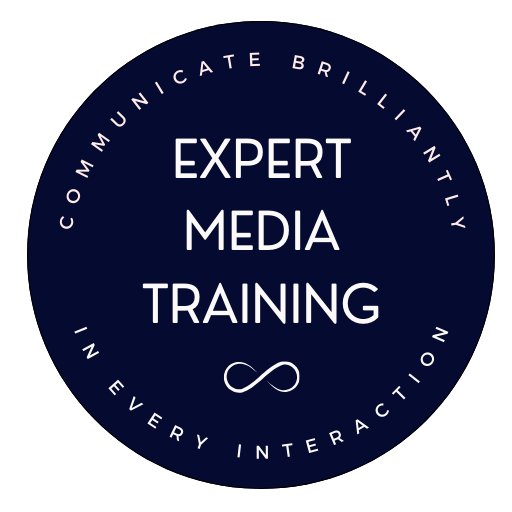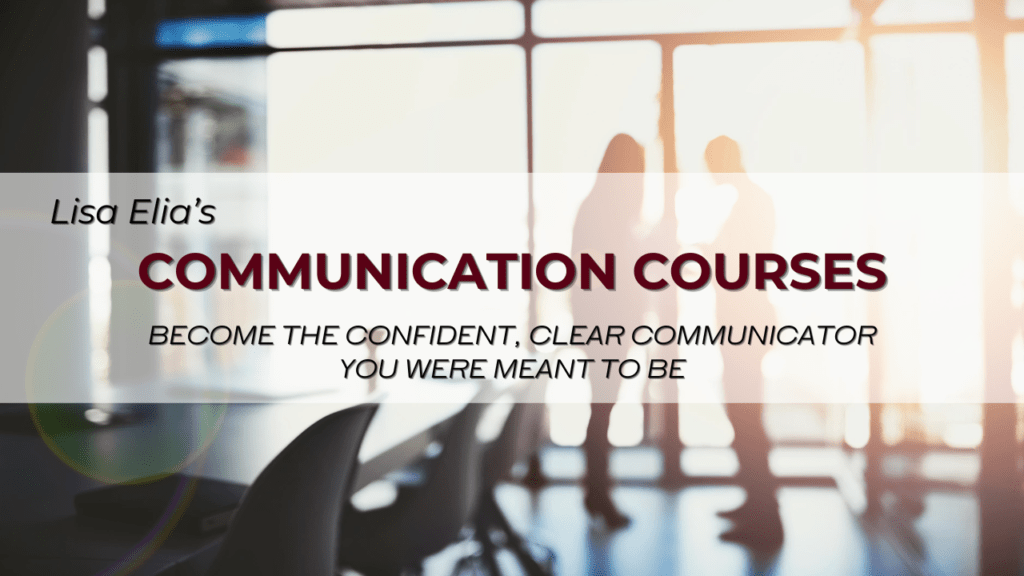The immediate feedback that you can receive with live media training is the best way to gain awareness of your body language, but the following tips will get you started.
Whether you’re meeting with a potential new client or a big decision maker who could change your life with a major deal, like an endorsement deal, a TV deal, or a book deal, paying attention to nonverbal communication (body language) can make or break the deal.
It is estimated that more than 90% of communication is nonverbal. People observe your nonverbal behaviors to determine whether you seem nervous, honest, confident, competent, and lots of other things.

What’s your body saying?
Here are body language do’s and don’ts for meetings:
Body Language Don’ts in Meetings:
Don’t slouch, as doing so can make you appear sloppy, uninterested or lacking in confidence.
Don’t stand with most of your weight leaning to one side, as this can make you appear less confident and less steady.
Don’t tilt your head too much, as it makes you appear unsure.
Don’t look down while you’re listening, as many people do: this could make you appear disengaged.
Don’t cross your legs and your ankles simultaneously (as some very flexible people do), as it makes you appear insecure.
Don’t cross your arms in front of you, as this can make you appear defensive.
Don’t play with your jewelry or anything else.
Don’t fidget. Watch your feet: fidgety feet are often the strongest indicator of nervousness, and a good interviewer may pick up on this.
Body Language Do’s in Meetings:
Offer your hand for a firm handshake, at the beginning and end of a meeting. If the person you are meeting has his or her hands full, or if he or she doesn’t respond, simply lower your hand.
Sit and stand with straight, but not stiff, posture. Your ears should be aligned above your shoulders.
Make eye contact with the person you’re speaking to, but don’t stare. It’s natural to look away periodically for a second or two.
Smile when you say hello and goodbye, and when you are talking about your greatest achievements.
Nod slightly in agreement when the person you are meeting with is telling you about himself or herself or the company or project, and smile when appropriate. Your body language will show your enthusiasm for the opportunity, and this is one of the things that people want to see.
Pay attention to the person’s nonverbal behavior. For example, if the person you are meeting with begins to look away or look at his or her watch while you are speaking, finish what you are saying quickly.
Before you go into your interview, roll your shoulders back and forth, take a few calming breaths and stretch your neck and body. All of these things will help to relax you, keep you out of “fight or flight” mode, and reduce the tension that can cause the shoulders to hunch and the diaphragm to be compressed. By opening and relaxing the body, you should have a stronger, steadier voice, and you should feel and appear more confident.
If you tend to fidget, simply cross your ankles.
If you want to learn more about body language and to sharpen all of your communication skills, my Confident and Clear program could be just what you need. Click here for more information: https://expertmediatraining.com/confident-and-clear
If you want to learn about our media training and presentation training services, click here: https://expertmediatraining.com/services


